Hence the title SO 820 C24, where SO stands for organzine silk and C24 is the code identifying the white colour.
Every designer at the Venice textiles company has created a personal work, based on a yarn – the basic element of weaving – in silk – the noblest of yarns and a permanent key feature in Rubelli creations – in white – a non-colour which everyone can use to “write” with total freedom.
I came across this when I had my appointment at Rubelli (and that is a whole other story and definitely post worthy). The pieces in this installation are so simple and beautiful. My favourite is Alessia Niero's "Ray-on" (4th one below). It is lit from the back which makes the optical fibres glow. It's really quite special.
Title: Genesi
Material: Silk, cotton, linen and metal
In this exhibition/installation the artist wanted to express a very private dimension, rooted in her interest in surrealist poetics, in particular the work “Writings” by Max Ernst.
This is a creative process in art which refers to the block in creativity which a white sheet or blank canvas can cause.
The work by Gabriella Zecchini stems from the memory of a dream. The lead player was a sheer curtain which, filled with light and moved by air, swayed gently. A curtain which becomes a bridge between the home “inside” and the home “outside”.
“Air and Light”, “Dream”, “Wave”: three great panels of white silk yarns which run vertically, crossing through layers of thought. With the intent of enlivening, a concept dear to Max Ernst, the passage of many weaves under and inside threads of white silk, bringing them to life in a play on light and shadow, and which reference the invisible link between us and others.
Title: Il sogno di Giacobbe (Jacob’s Dream)
Material: Silk yarn and Japanese paper
The work by Alberto Pezzato stems from a children’s game which, almost by magic, makes strips of paper three-dimensional. Just like we did as children, folding shooting stars. Transferred into the giant ladder of fabric, this “technique” has served to create a textile sculpture where the dream of every fabric designer comes true: that of leaving behind two-dimensionality.
The artist’s thought goes further, when it realises one of his unconfessed dreams, that of becoming a sculptor.
The word “dream” returns in the title of the work which, in the artist’s eyes, takes on the appearance of a ladder. The ladder which in the biblical tale of Jacob’s Dream, one of the most famous dreams in the history of mankind, rises up to heaven.
Title: Ray-on
Material: Silk yarn and optical fibre
The work expresses the eclectic nature of the artist. In “Ray-on” Alessia Niero in fact sought to create and succeeded in creating a mix of classic and contemporary, starting from a fabric she made when she first started work with Rubelli: the damask “Mocenigo “ which won the prestigious Navette D’Or award at the Biennale des Editeurs in Paris in 1994.
The absolute key feature of the work created for the exhibition / installation is the light which gives shape and substance to the decorative motif.
In this new hi-tech version the artist, instead of using the original natural yarns for the weaves, adopts optical fibre: a wire which, appropriately powered, lights up, defining the areas of the decorative pattern of the work itself.
The result is a textile creation that covers and contains the artist’s training and professional career, in a “luminous” fusion of past and present, with a glance towards the future.
Title: Mea Pausa
Material: Silk yarn and cotton weaves
The work by Marco Martinuzzi takes its inspiration from a photo which he took and which narrates an unusual, almost surreal, experience. Made with silk lampas, the work is made up of simple shapes and lines, played out on black and white.
A true experience: a different route by car off the motorway and along a minor road in the Apennines which is suddenly interrupted. Right in the middle is a block of granite. An old armchair, worn but lightweight, tones down the drama of the scene. Regeneration: a sudden wish to climb up the rock and enjoy, in the quiet setting, the landscape from a new viewpoint. External, yet which looks inwards.
At the sight of so much beauty the artist feels at peace and thinks to himself: “Mea Pausa”. “The work of art” on the road, created by a nameless artist, transformed the motorist into traveller, gifting him with a taste for wonder and self-discovery. Today, sharing this experience with us, the artist invites us to stop. Let’s give ourselves a break.
Title: Textum
Material: Silk yarn and cotton weaves
The white page is the medium for writing. Writing conveys ideas, emotions and “wonders”, but writing is also form, a graphic sign that becomes decoration. The Million, i.e. the Book of the Wonders of the World, is the tale of the journey in Asia along the Silk Route by the Venetian merchant and traveller Marco Polo.
The title that Francesco Zampieri chose for his work is “Textum”, from which the Italian word “testo” or “text” is derived. “Textum” comes from the Latin “texere”, i.e. “to weave”, to describe the “interweaving” of words that make up speech.
“Textum” is the reproduction of a text on two panels of white silk satin: two pages of an edition of the “Book of the Wonders” with signed annotations by Christopher Columbus. Two great travellers come together in this way on the pages of a book: a virtual encounter as we would say today, but above all and once again an “interweaving” whose charm, centuries later, still wins us over.
Title: Milchstraße (The Milky Way)
Material: Pure silk yarn
White. Elegant. Simple. Light. These are the keywords for “reading” this textile installation which sets out to represent a journey of growth and improvement: from a heaviness verging on clumsiness to the utmost in lightness. With simplicity too. Almost a metaphor of life.
Just like the swan which, out of the water, moves over the ground awkwardly, weighed down by its own weight, but which then, when in flight, gains a dimension of elegance and levity in the air.
The silk cloth, four metres long, is composed of forty layers which become increasingly thin in their rise upwards. White. Elegant. Simple. Light. Increasingly light. Almost impalpable.
Title: Kandhi
Material: Silk and metal khadi
“If we have the 'khadi spirit' in us, we would surround ourselves with simplicity in every walk of life”.
M.K. Gandhi
The artist uses a quote by Gandhi to introduce us into a spiritual dimension. This sentence in fact holds the entire philosophy of khadi which, more than a fabric, is a symbol of non-violence.
The work by Anna Candelù is a white dress with simple lines. It is created by overlapping three silk khadi cloths, mounted on single panels and presented in a sequence played out on the various sizes of the polka dot pattern, produced with metallic weaves. The final effect is one of luminous transparency.
Khadi is the king of fabrics, the noblest in the world. Thin yet strong, humble yet refined. The result of patient labour. It is the custodian of the world’s wisdom. For the artist khadi is transparency, super-fine lightness, intrinsic sensuality, extreme softness: an emotion which touches the deepest notes of the soul.
Images & text: ℅ Rubelli website & Google Images
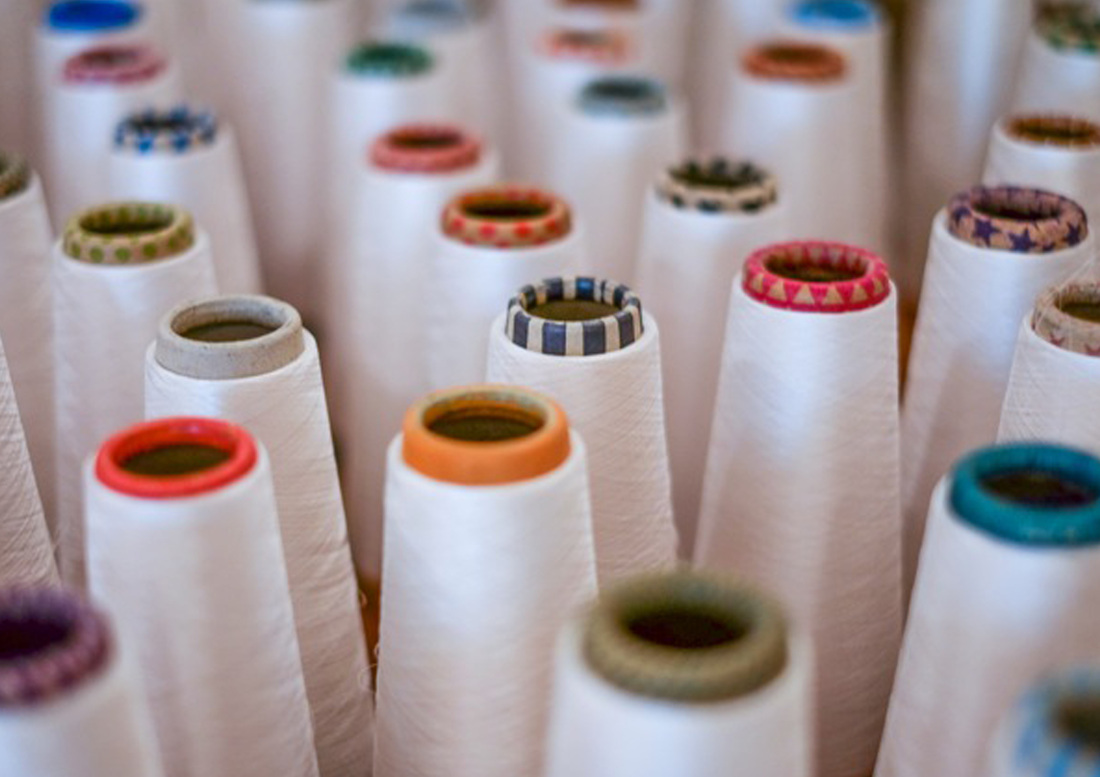
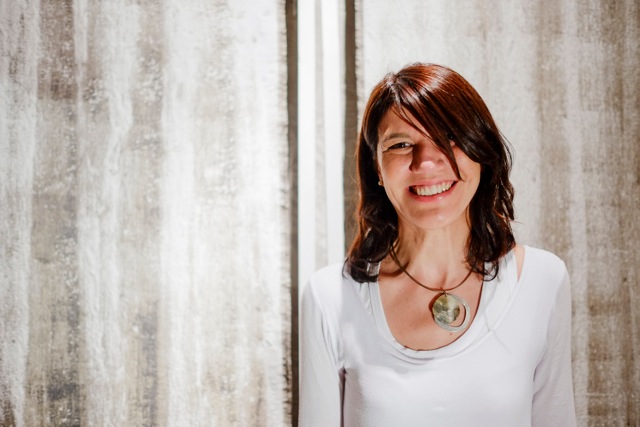
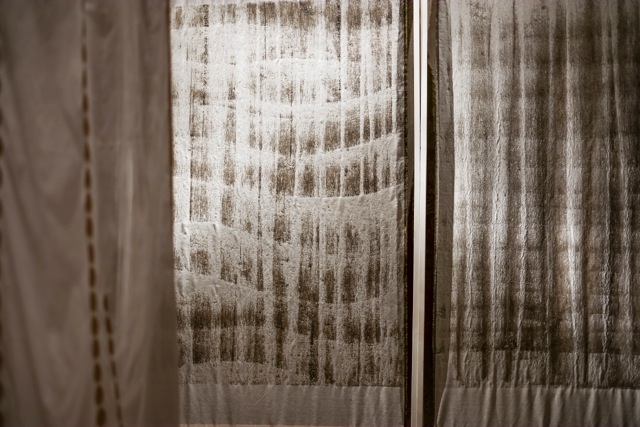
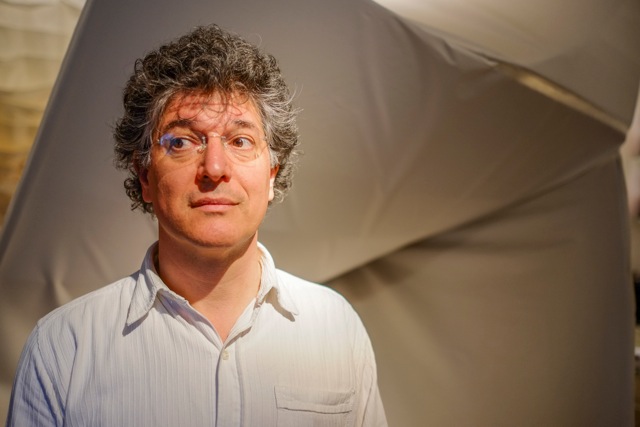
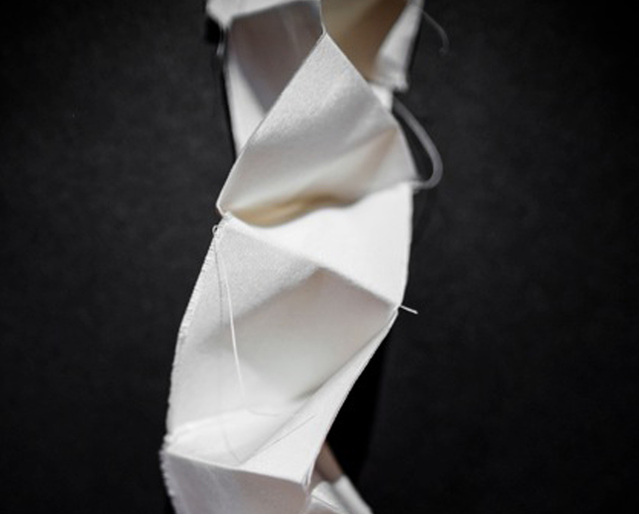
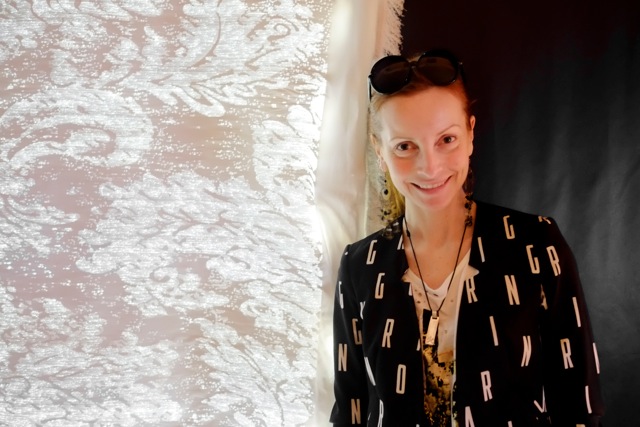
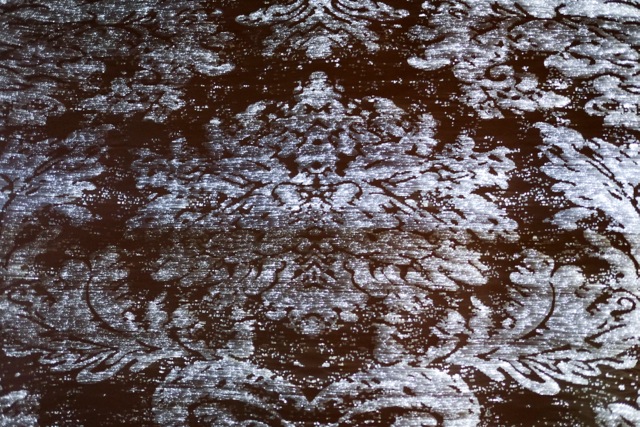
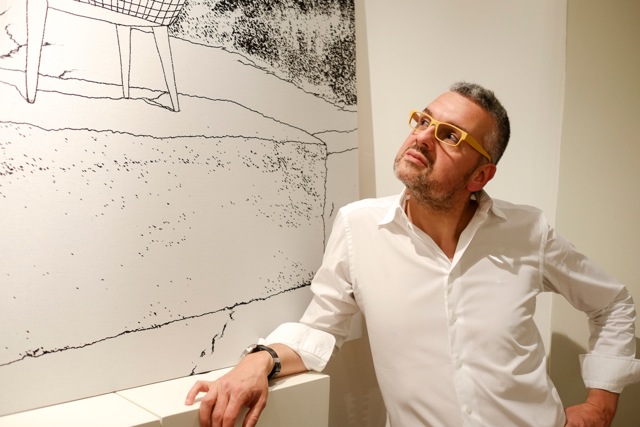
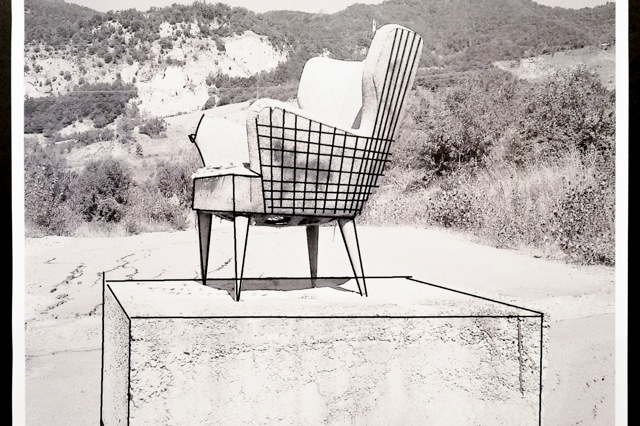
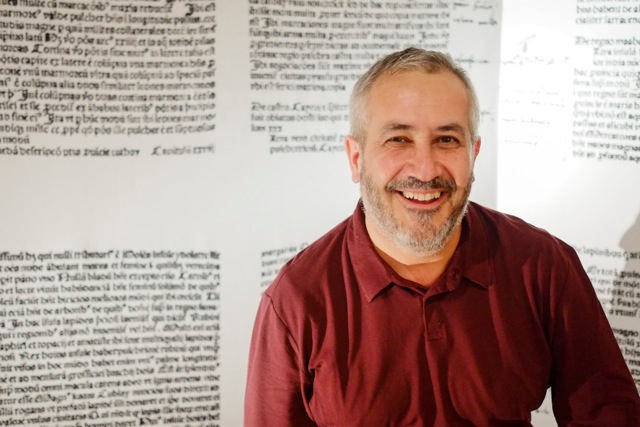
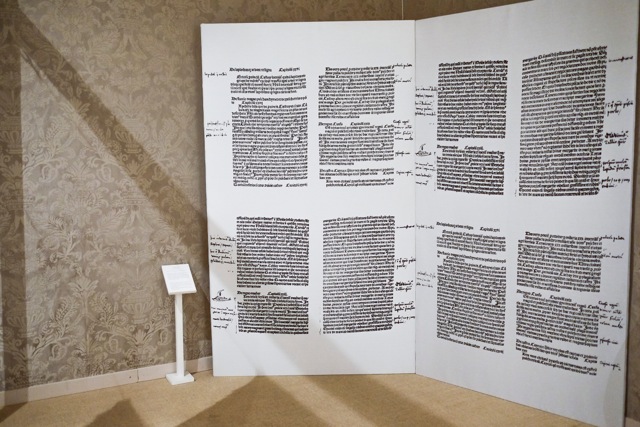
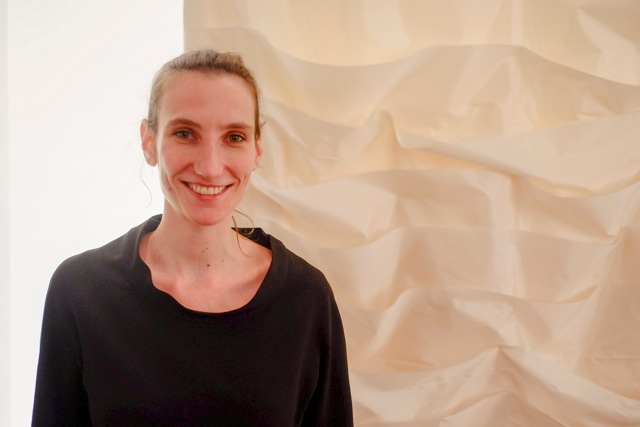
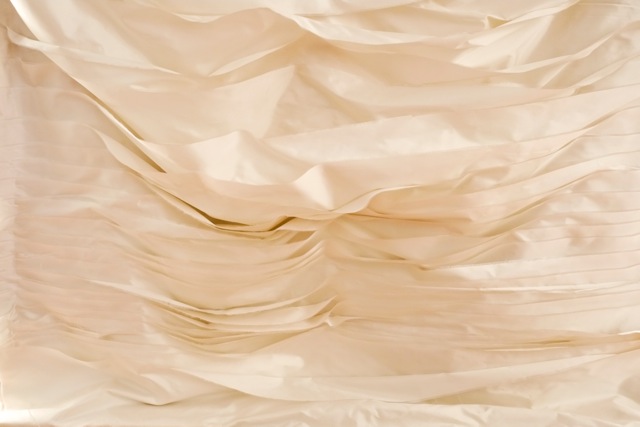
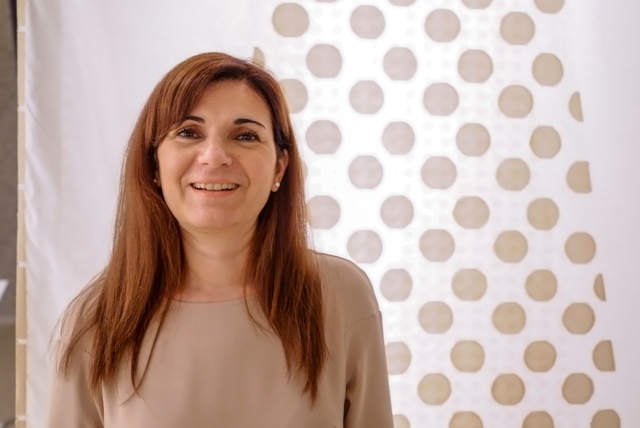
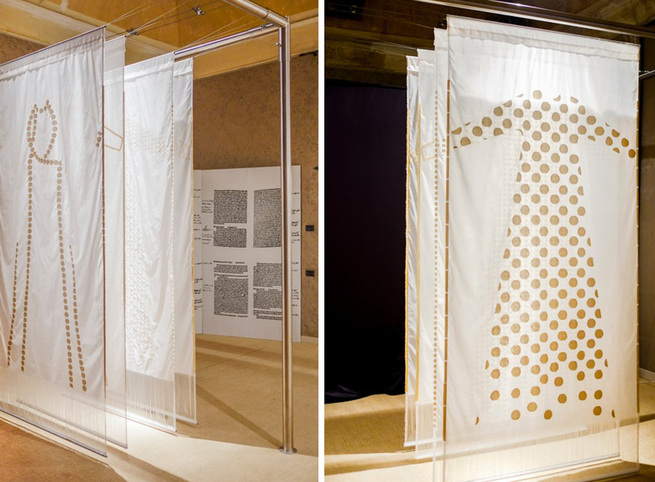


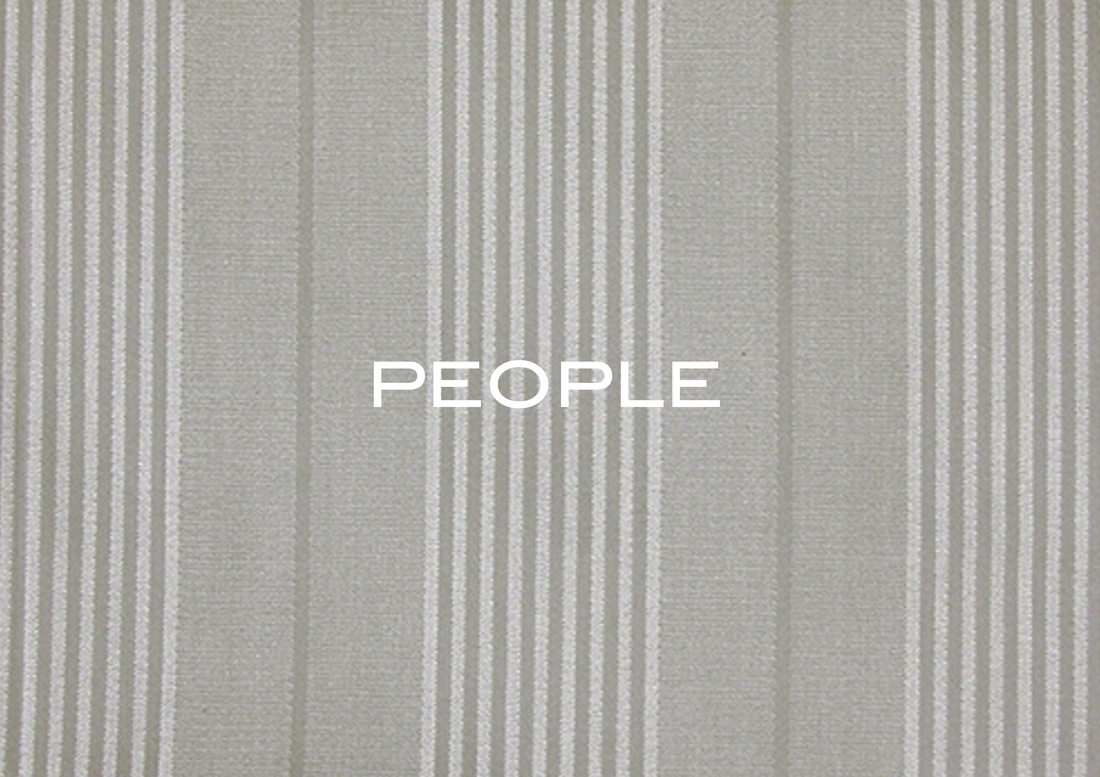
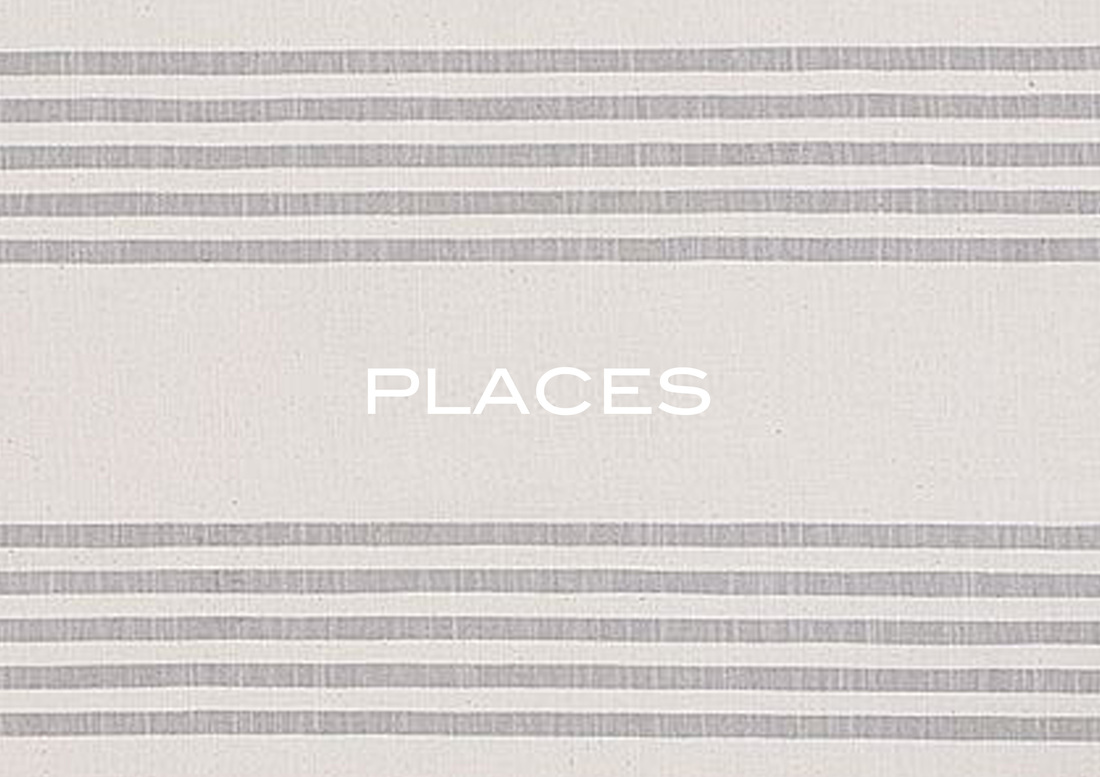
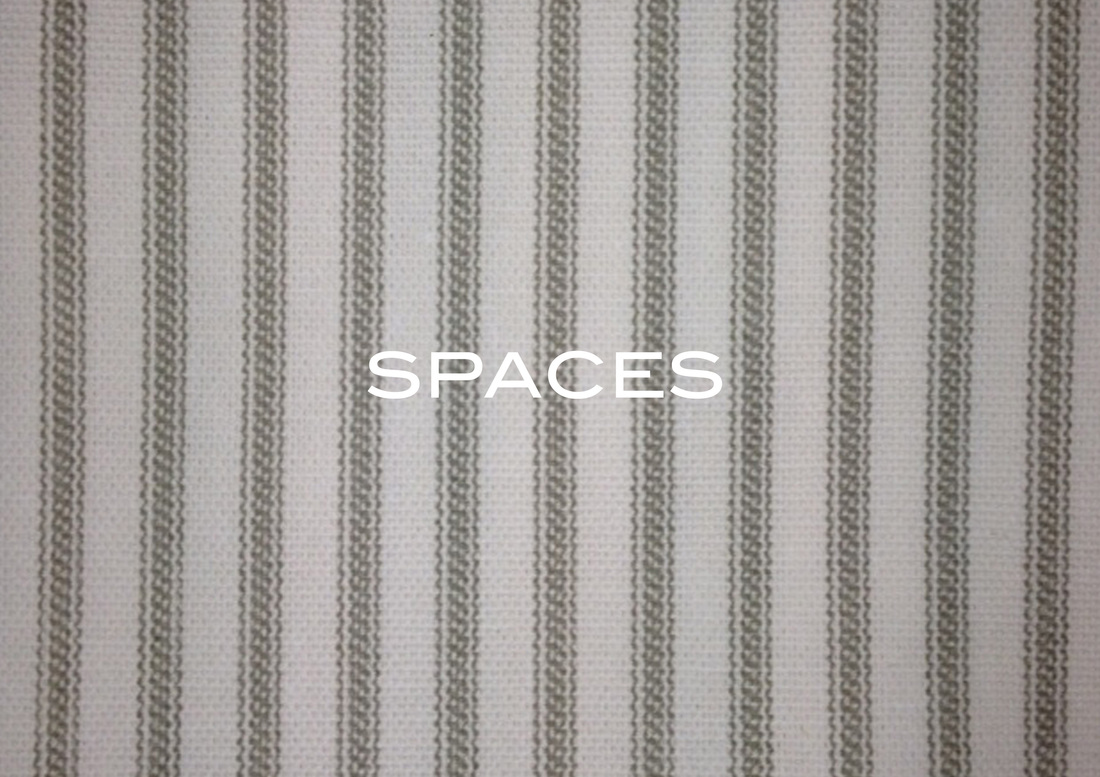
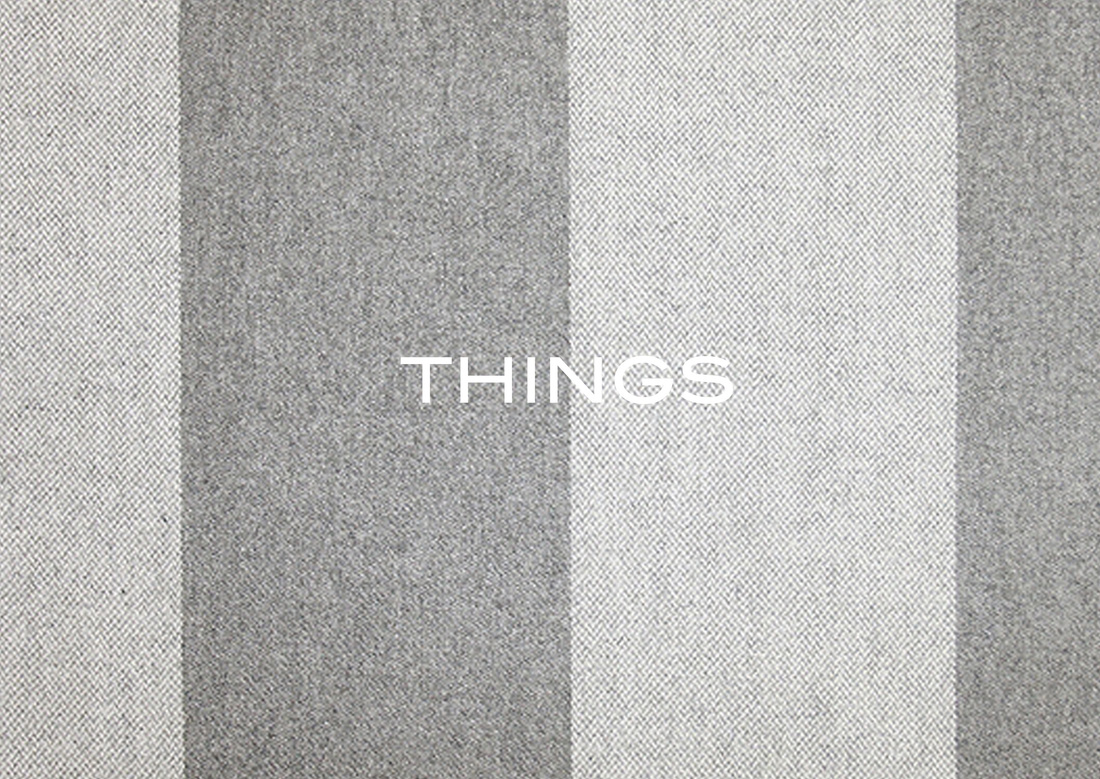
 RSS Feed
RSS Feed



